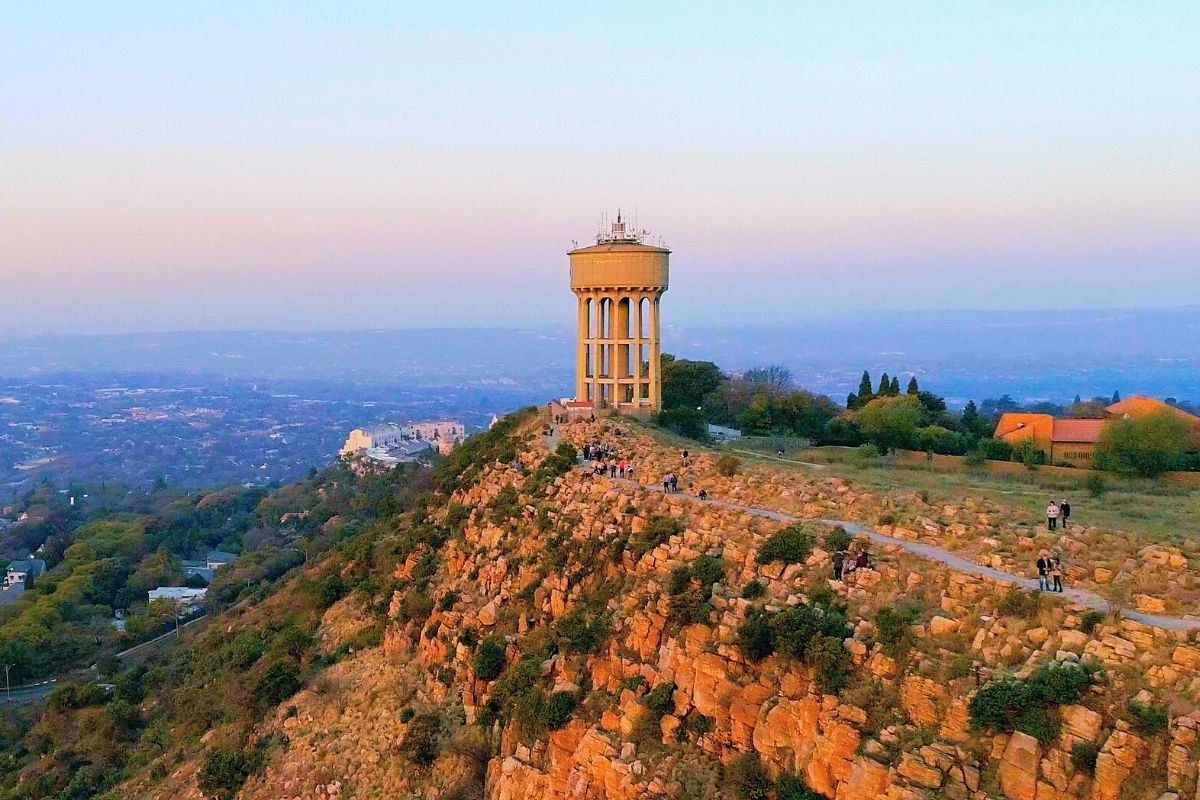The Main Principles Of Johannesburg North Attractions
The Main Principles Of Johannesburg North Attractions
Blog Article
Johannesburg North Attractions for Beginners
Table of ContentsJohannesburg North Attractions Things To Know Before You Get ThisEverything about Johannesburg North AttractionsJohannesburg North Attractions Things To Know Before You Get ThisThe Of Johannesburg North AttractionsThe Main Principles Of Johannesburg North Attractions Johannesburg North Attractions Fundamentals ExplainedIndicators on Johannesburg North Attractions You Should Know
You must maintain safety in mind and travelers should stay alert at all times when in unfamiliar environments. Talk to the citizens when you are in town to discover the location you are remaining in. Johannesburg North attractions. When on the street (this doesn't relate to mall and various other safe atmospheres) best general suggestions is to attempt your best to resemble a neighborhood and to avoid presenting any type of wealth
The Definitive Guide for Johannesburg North Attractions
Teacher Revil Mason O. J. (Thomson, 1946) explored the Witwatersrand's pre-colonial history. His archaeological job blew up the 'em pty land' misconception, according to which the area was without human habitation before the arrival of European inhabitants. In his publications Prehistory of the Transvaal: A Document of Human Task (1962) and Origins of Black People of Johannesburg and the Southern Western Central Transvaal Advertisement 3501880 (1986 ), Professor Mason showed the level of social and financial development in the location before Europeans set foot right here.

Johannesburg North Attractions - The Facts
In 1878, David Wardrop located gold in quartz blood vessels at Zwartkop, north of Krugersdorp. In 1881, Stephanus Minnaar came throughout gold on the farm Kromdraai, near the Cradle of Mankind.
In March 1886, a protrusion (quickly to be called the Main Coral reef) was found, rather fortuitously, on Gerhardus Oosthuizen's ranch Langlaagte. Some state that the Lancastrian coal miner George Walker found this reef. One more itinerant English prospector, George Harrison (who had actually formerly operated in Australian mines) gotten a prospecting permit in regard of Langlaagte in May 1886.
He made a decision to carry on in a quest for greener pastures, and disposed of his Langlaagte case for the princely sum of 10. Alas: under lay the wealthiest goldfield ever before located. The discovery of this rich auriferous coral reef provoked a gold rush that signified the end of bucolic serenity in the southern Transvaal.
It would, within six years, become the largest community in southerly Africa. Within a years, it would certainly make the Z. A. R. until then an anarchical and bankrupt little state the richest nation in Africa. By the millenium, the Z. A. R. was to go beyond Russia, Australia and the United States of America to become the world's leading gold producer, producing greater than a quarter of the globe's gold.
Top Guidelines Of Johannesburg North Attractions
It was referred to as Ferreira's Camp, named after Colonel Ignatius Ferreira. He was a Boer traveler upon whom the British authorities had actually presented the standing of Buddy of one of the most Distinguished Order of St Michael and St George (qualifying him to the post-nominal letters C. M. G.) in gratefulness for his function in the war that had deposed the Pedi king Sekhukhune in 1879.
2 various other camps were developed: Meyer's Camp on the farm Doornfontein, and Paarl Camp. The latter was nicknamed Afrikander Camp; several people from the Cape Swarm resolved there.

Not known Facts About Johannesburg North Attractions
This name acquired money by word of mouth, such that the State Secretary verified the name to the Mining Commissioner on 9 October 1886. Stands in the village were auctioned on 8 December 1886. While some stands were cost 10, others were torn down for as low as sixpence.
Two years later, these erven were to change hands for as long as 750 each. The tented camps diminished as a dorp of corrugated iron structures developed and increased north of the mines situated along the Key Coral Reef Road. Areas such as Jeppe's Source Community (where working-class immigrants erected their dwellings) and Doornfontein (where the upscale new 'Randlords' began to construct their opulent residences) were soon included in the ever-expanding map of the community.
Not known Details About Johannesburg North Attractions
Aside from the street names, there were no signs of Johannesburg being located in a Dutch-speaking nation. Years later on, C. W. Kearns O. J. (one of the initial children enrolled at St John's College in 1898) would certainly recall: 'A strange reality about Johannesburg was that, although it was in the [Boer Republic], almost every person talked English and even the imp source Federal government servants dealt with one in English, unless they were very first attended to in the Taal (or Reduced Dutch)'.
Because of this, Britain had a passion in making certain optimal conditions for gold production on the Witwatersrand, which the gold was exported to London rather than Berlin a crucial rendered all the more clamant by the Z. A. R - Johannesburg North attractions.'s boosting toenadering with Germany. Mine owners were on a clash with Head of state Kruger, whose plan of monopolistic giving ins (commonly granted to his cronies) prevented mining business from acquiring supplies of products (especially dynamite) and labour by themselves, less expensive terms
The Basic Principles Of Johannesburg North Attractions
In 1890, the Volksraad had actually limited the franchise to white males who had lived in the Z. A. R. for fourteen years or longer, hence invalidating the majority of the immigrants (that took place to be the major contributors to the fiscus). Anxiety for the ballot was a plain pretext for advertising a different site here program; most uitlanders concerned themselves as momentary site visitors and had no intention of remaining in the Z.
Report this page